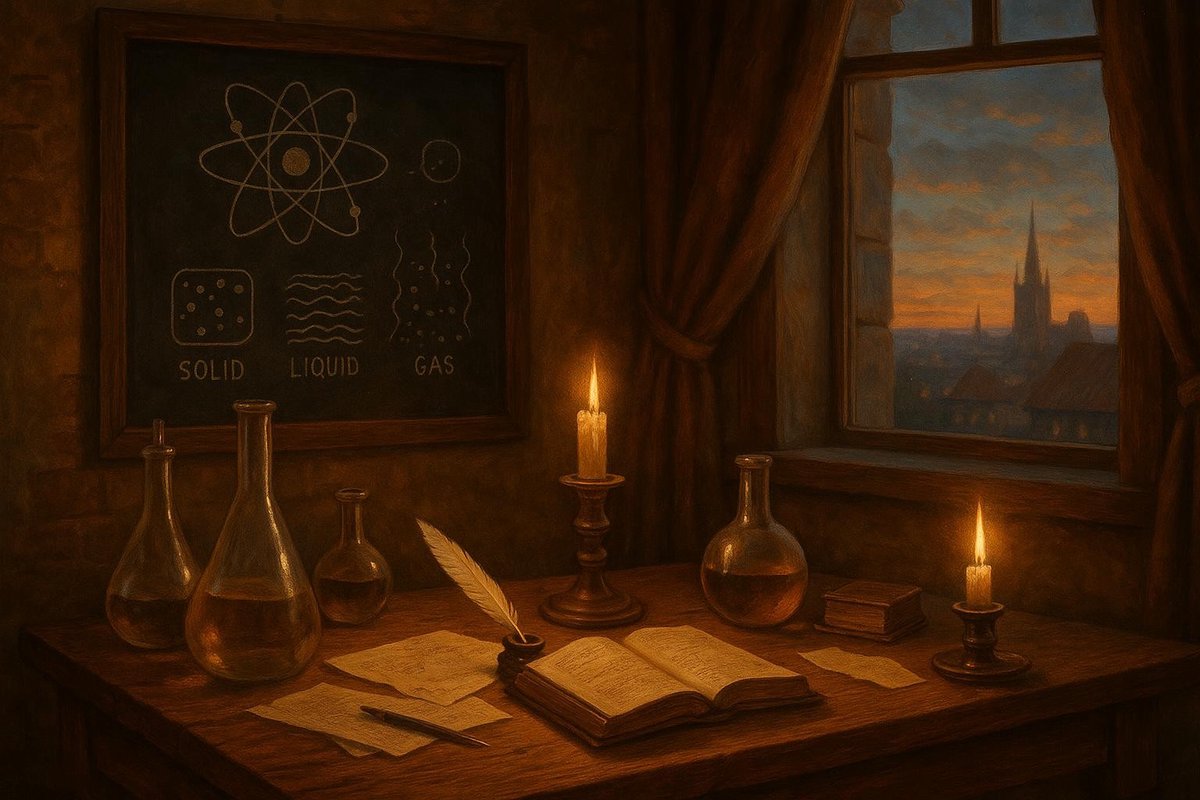
From Ancient Curiosity to Modern Science: A Journey
Once upon a time, ancient philosophers gazed at the stars and wondered about the fundamental nature of everything. They pondered questions like, ‘What is everything made of?’ Interestingly, they believed the world was composed of just four elements: earth, water, air, and fire. This simplistic view persisted for centuries, until scientific curiosity began to unravel more complex truths.
- The ancient belief in four elements shaped early scientific thought.
- Over time, experimentation revealed the existence of different states of matter.
- Understanding these states helped lay the foundation for modern chemistry and physics.
As time went on, thinkers like Democritus and Aristotle contributed to the dialogue, yet their theories were largely philosophical. It wasn’t until centuries later that the scientific method would refine our understanding of matter.
Key Figures Who Revolutionized Our Understanding
Fast forward to the 17th and 18th centuries, when science as we know it started taking shape. Pioneers like Galileo, Boyle, and later, Lavoisier, emerged, each playing a significant role in shifting the narrative from ancient philosophies to empirical evidence.
- Robert Boyle, often hailed as the father of modern chemistry, challenged the old views with his experiments on gases.
- Antoine Lavoisier introduced the concept of chemical elements and helped disprove the four-element theory.
- Their work paved the way for the discovery of the actual states of matter: solid, liquid, gas, and plasma.
Boyle’s experiments in the 1660s, for instance, demonstrated that air was not an element but a mixture of gases. Meanwhile, Lavoisier’s meticulous experiments in the late 1700s laid the groundwork for the chemical revolution, transforming how we view matter forever.
The Turning Point: Discovering the Dynamic States
By the 19th century, scientists began to categorize matter more precisely. The discovery of the kinetic theory of gases was a crucial turning point. This theory explained how gas particles move, providing insights into temperature and pressure, which in turn revealed more about matter’s states.
- The kinetic theory of gases explained behaviors that puzzled scientists for years.
- Developments in this area clarified how temperature affects matter’s state.
- This understanding was pivotal in fields such as thermodynamics and physical chemistry.
James Clerk Maxwell and Ludwig Boltzmann were instrumental during this period. They offered mathematical models that explained how particles behave, leading to a deeper understanding of the transitions between different states of matter. No wonder these breakthroughs changed the landscape of science education!
The Impact on the World: Beyond the Classroom
Why does understanding states of matter matter today? The implications of these discoveries extend far beyond textbooks. They influence everything from the creation of materials we use daily, to advancements in technology and medicine.
- Understanding states of matter aids in developing new materials and technologies.
- It impacts industries like aerospace, electronics, and pharmaceuticals.
- Students who grasp these concepts can better appreciate the world around them and innovate future solutions.
For students, realizing how these discoveries relate to real-world applications can transform their perspective on science. It’s not just about memorizing facts; it’s about comprehending the principles that make modern life possible. And isn’t that a powerful shift in how we perceive learning?
In conclusion, the discovery and understanding of states of matter have been pivotal in shaping modern science and technology. This journey from ancient speculation to sophisticated science not only revolutionized our knowledge but continues to inspire future generations of thinkers and innovators. As we stand on the shoulders of scientific giants, the legacy of their discoveries invites us all to explore further.
Fuel Someone Else’s Curiosity
If this article sparked your interest, why not share it with someone who loves science? Sometimes, a simple conversation can ignite a passion for discovery. Who knows, you might inspire the next great scientist!

Leave a Reply